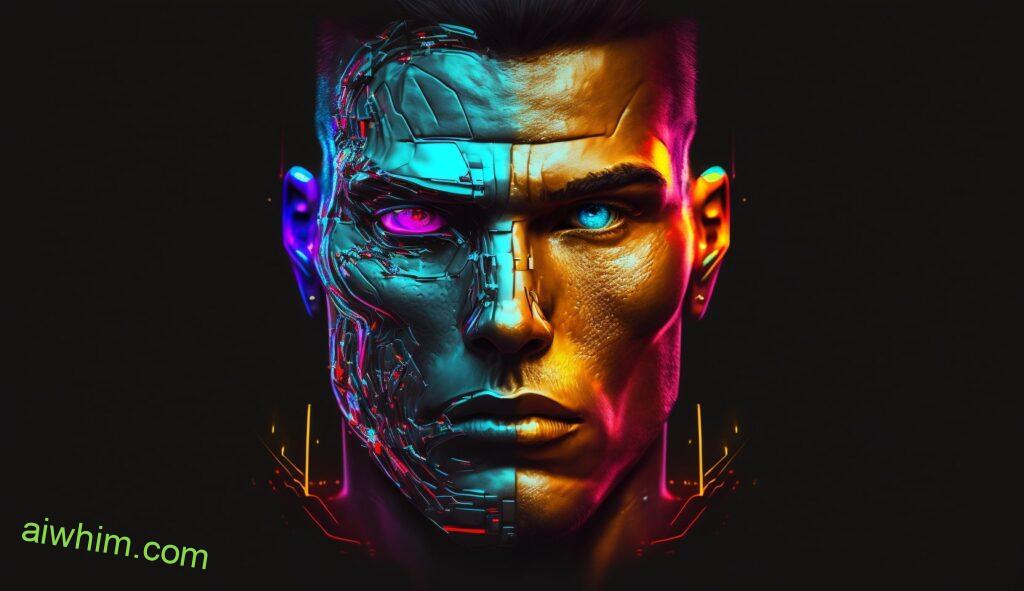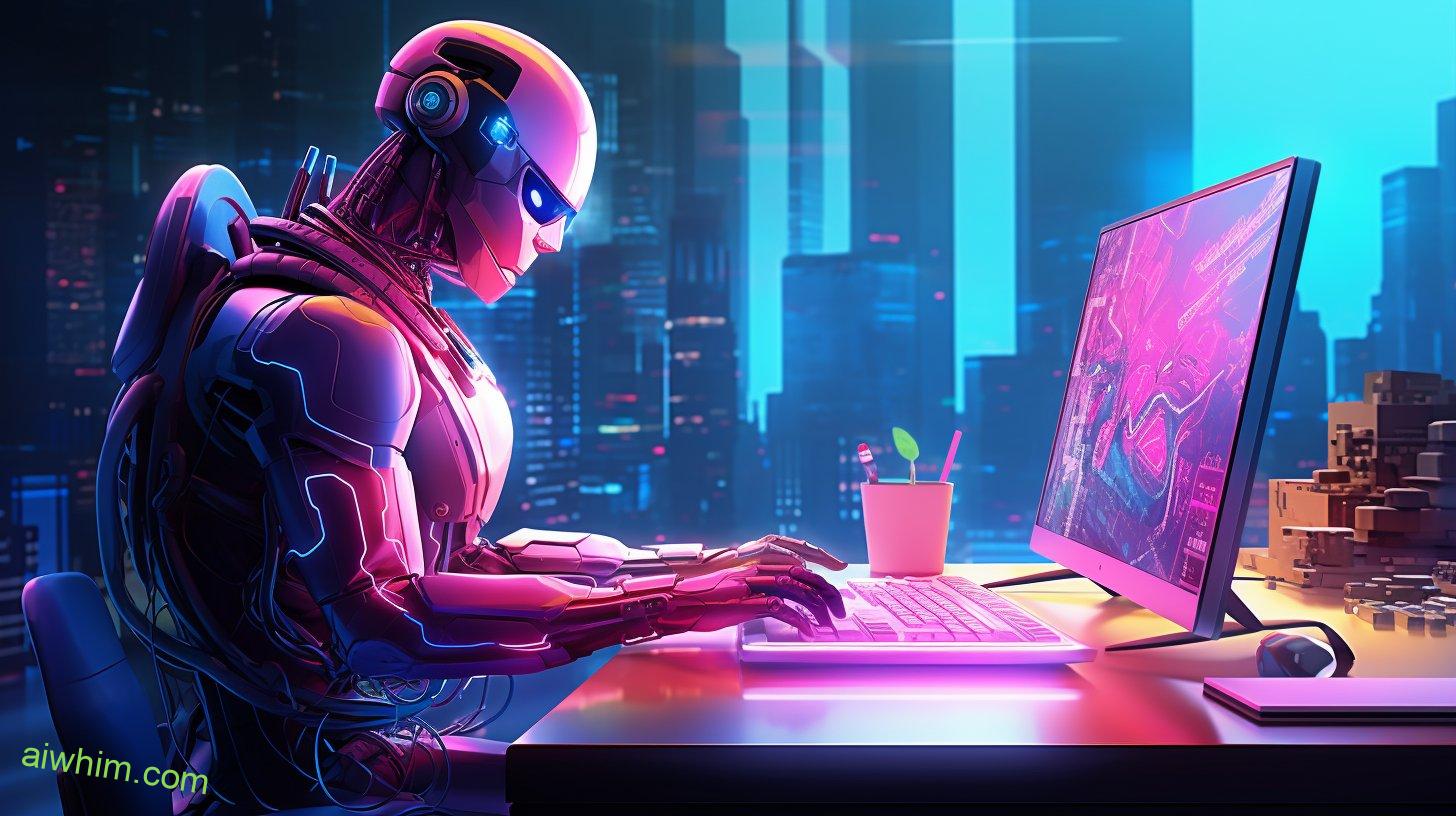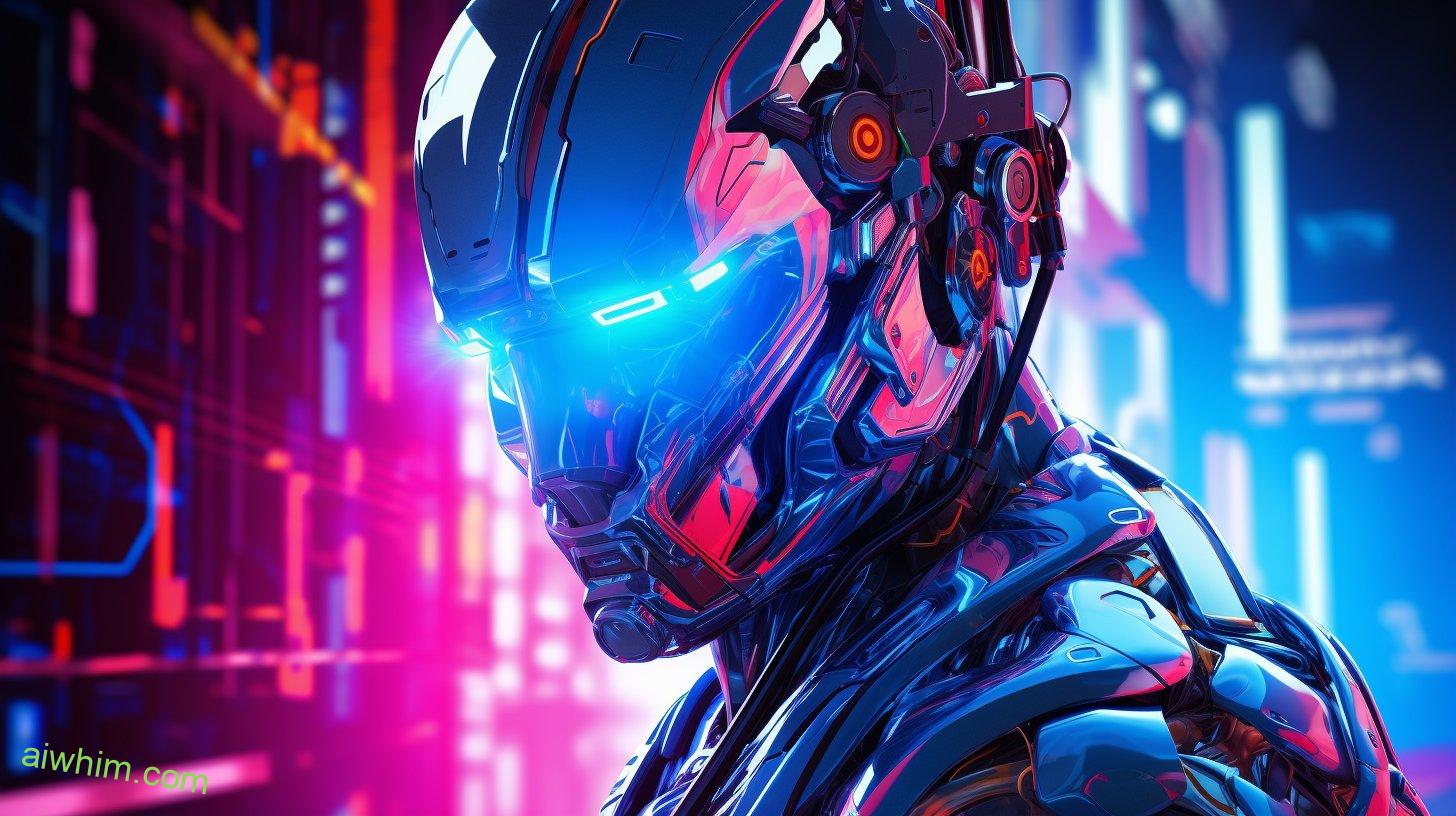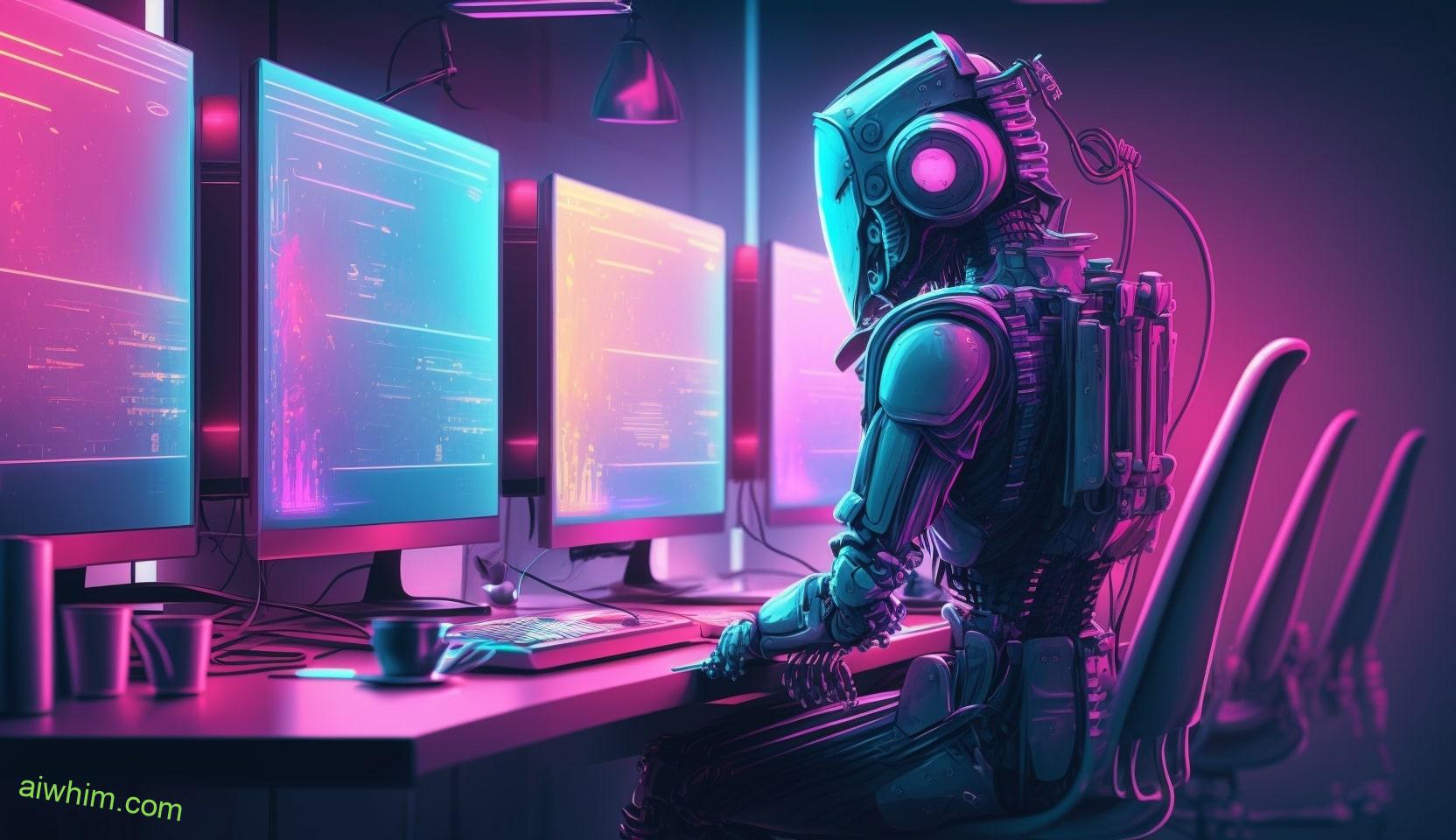Are you a driver? Are you worried about the impact of artificial intelligence (AI) on your job security? The rise of AI has created an air of uncertainty, especially for those in driving professions. But what are the real risks of AI taking over such roles, and how can drivers protect themselves from being replaced by machines? In this article we will explore these questions to give drivers an insight into their future prospects.
The looming specter of automation is causing concern for many workers across industries; this includes professional drivers who fear that self-driving cars may soon be ready to take over their jobs. While there have been some advances in autonomous vehicles, it is still unclear whether or not they will truly replace human drivers in the near future. We’ll look at the current state of technology and discuss why people remain essential behind the wheel.
Finally, despite all the talk of robotics replacing humans, we’ll also consider ways that drivers can stay ahead of technological progress and continue to thrive in their profession no matter what changes come down the road. So if you’re a driver concerned about AI stealing your job, read on to get inspired and reassured!

Definition Of AI
AI, or artificial intelligence, is a revolutionary technology that has been sweeping the globe. It’s made up of several components such as machine learning, cognitive computing, computer vision and natural language processing. Machine learning provides computers with the ability to learn on their own without any human intervention. Cognitive computing involves creating computer programs that can mimic how humans think and reason. Computer vision refers to machines being able to recognize patterns in images and videos. Lastly, natural language processing allows machines to understand text input from people in order to carry out commands.
The potential applications for AI are vast – it can be used in almost every industry imaginable ranging from healthcare to finance and even transportation! For instance, driverless cars rely heavily on AI-powered algorithms like those mentioned above to detect obstacles, plan routes and control speed safely. With AI taking over these tasks traditionally done by humans, many worry about losing their jobs due to automation replacing them entirely.
Despite this fear of what might happen in the future though, there’s still plenty of work for humans today when it comes to utilizing AI technologies. There’s a need for experts who specialize in programming these systems so they can perform optimally but also ethically – something only humans have the capacity for currently. So while it’s true that some aspects of driving could become automated with advances in AI technology, skilled professionals will always be needed behind the scenes ensuring everything runs smoothly.
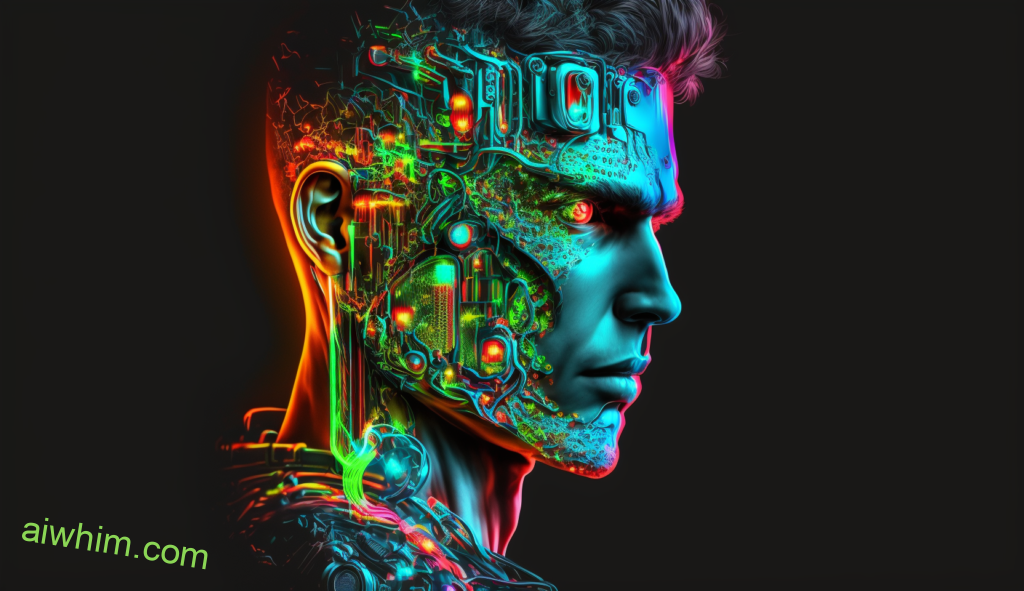
History Of Ai In Transportation
The history of artificial intelligence (AI) in transportation is a fascinating one. It began with the first autonomous vehicles appearing on our roads back in the 1980s, and since then it has only grown more ambitious. We now have self-driving cars and other AI-vehicles that are able to travel without human assistance or control. Automated transport systems are becoming increasingly commonplace, thanks to technology such as driverless cars.
Driving has been revolutionized by AI-driven technologies, creating opportunities for safer roads, improved performance efficiency, and lower emissions. As automated transport gains momentum, drivers are beginning to question how their role will be impacted over time. Will they still need to operate these vehicles when self-driving becomes the norm?
A growing number of companies across industries are looking towards automation as a way to make processes more efficient and reduce costs. However, there is also an understanding that this shift could create employment losses due to job displacement. While some fear losing their jobs as drivers, others see potential benefits from freeing up time previously spent behind the wheel – allowing them to pursue creative endeavors or spend time with loved ones instead. Ultimately, the future of driving lies in balancing intelligent machines with skilled humans who can provide unique insight into complex tasks like operating a vehicle safely and responsibly.

Benefits Of Automated Driving Systems
One of the most exciting benefits of automated driving systems is the potential for increased safety. Self-driving cars, driverless vehicles, and autonomous navigation technology could drastically reduce the number of traffic accidents that occur each year. This would not only save lives but also lower insurance costs for drivers everywhere.
Another advantage to automated driving systems is the increase in convenience they offer. Instead of sitting behind a wheel and navigating congested city streets or long stretches of highway, people can just sit back and enjoy their commute while their car does all the work. Automated driving technologies can even be used to transport goods over long distances with little human intervention required, making delivery faster and more efficient than ever before. This includes all kinds of delivery, including for example postal delivery.
Perhaps one of the greatest advantages offered by automated driving systems is freedom – both physically and mentally. Drivers no longer need to worry about getting lost or dealing with gridlock; instead, they can relax without worrying about where they are going, allowing them to focus on other tasks during their journey. Automated navigation technology also gives those who cannot drive due to disabilities greater access to transportation options so they too can enjoy newfound independence.

Challenges To Adoption
The adoption of artificial intelligence (AI) technology in the role of driver is not without its challenges. Firstly, there are infrastructural considerations that must be taken into account before such a shift can take place; resources must be invested to create an environment conducive to AI being able to perform as drivers.
Secondly, public opinion needs to be considered. Already there has been resistance among many segments of society towards automation – and this could grow if it’s perceived that jobs for humans will be lost due to the introduction of AI. Companies looking at introducing AI-driven vehicles will need to ensure they communicate openly about their plans and how people may benefit from them.
Finally, technical problems cannot be ignored either – given the complexity of driving across different environments and conditions, any system relying on AI would need considerable refinement and testing prior to implementation. It might also require a certain level of regulation around safety standards so that all users feel secure when using these services.
The success or failure of implementing AI as drivers ultimately depends on how well companies manage these challenges and prepare for what comes next. The potential benefits should not be forgotten – with improved efficiency replacing human error, fewer accidents resulting in safer roads, and even lower costs associated with running a vehicle fleet over time. These advantages may just outweigh the risks posed by automated systems if handled properly.

Impact On Employment
The promise of autonomous vehicles is an exciting prospect for many, but it also raises important questions about its impact on employment. Automated jobs are poised to disrupt the workforce in a variety of ways. Driver displacement has been widely discussed as one such consequence; with self-driving cars taking over roads, there will be fewer opportunities for human drivers—from ride-hailing services like Uber and Lyft to long haul trucking. But this isn’t the only source of disruption arising from automated jobs: other areas of work could face similar levels of displacement and economic hardship due to automation.
The potential job losses highlight the importance of ensuring organized labor policies that can adequately address issues related to workforce displacement. In some cases, governments have already taken steps to address these concerns by introducing programs that provide retraining or financial compensation for those affected by automation. While such initiatives may not fully resolve all of the challenges posed by technological change, they do provide workers with additional tools to prepare themselves for future disruptions in their industries.
It’s clear that automated jobs present both advantages and disadvantages when it comes to employment prospects. On the one hand, they offer greater efficiency and cost savings; yet at the same time, they can lead to significant job losses without proper preparation and protection measures in place. As we continue to explore new technologies, it’s essential that we consider how best to manage these changes so that everyone benefits from them—not just corporations and employers.
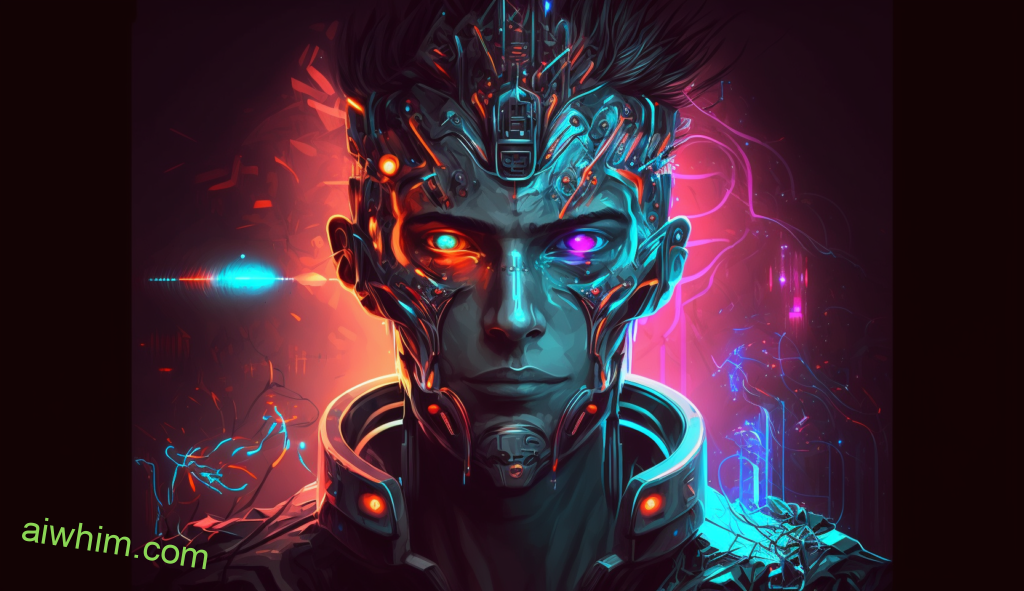
Regulatory Implications
The introduction of autonomous vehicles to the transportation industry has many implications, particularly in terms of regulatory compliance. With driverless cars and other types of autonomous transportation becoming increasingly popular, governments must decide how to regulate them without compromising traffic laws or limiting freedom on the roads.
One way that this could be done is by creating a set of uniform regulations across jurisdictions for all forms of automated transportation. This would ensure that driverless vehicles are held to the same safety standards as those driven by humans, while also giving drivers peace of mind when it comes to their own safety. Additionally, these regulations should take into account any potential risks associated with using autonomous technology, such as machine learning algorithms that may not always make decisions accurately or quickly enough in certain scenarios.
Regulatory agencies must also consider the impact that introducing driver-free transport will have on employment opportunities in the sector. Although automation can reduce costs and increase efficiency in some areas, it could lead to job losses if workers are unable to adapt to new technologies or develop skills relevant to driving robots rather than manual cars. It’s therefore important for regulators to come up with policies that protect jobs while still allowing companies to benefit from advancements in AI and automation.
Ultimately, there needs to be a balance between protecting public safety, encouraging technological progress and preserving employment opportunities within the automotive industry; otherwise we risk stifling innovation while taking away people’s livelihoods at the same time. Regulatory bodies need to work closely with stakeholders from both sides – including citizens, businesses and researchers – so they can create fair rules which everyone can agree upon and abide by.
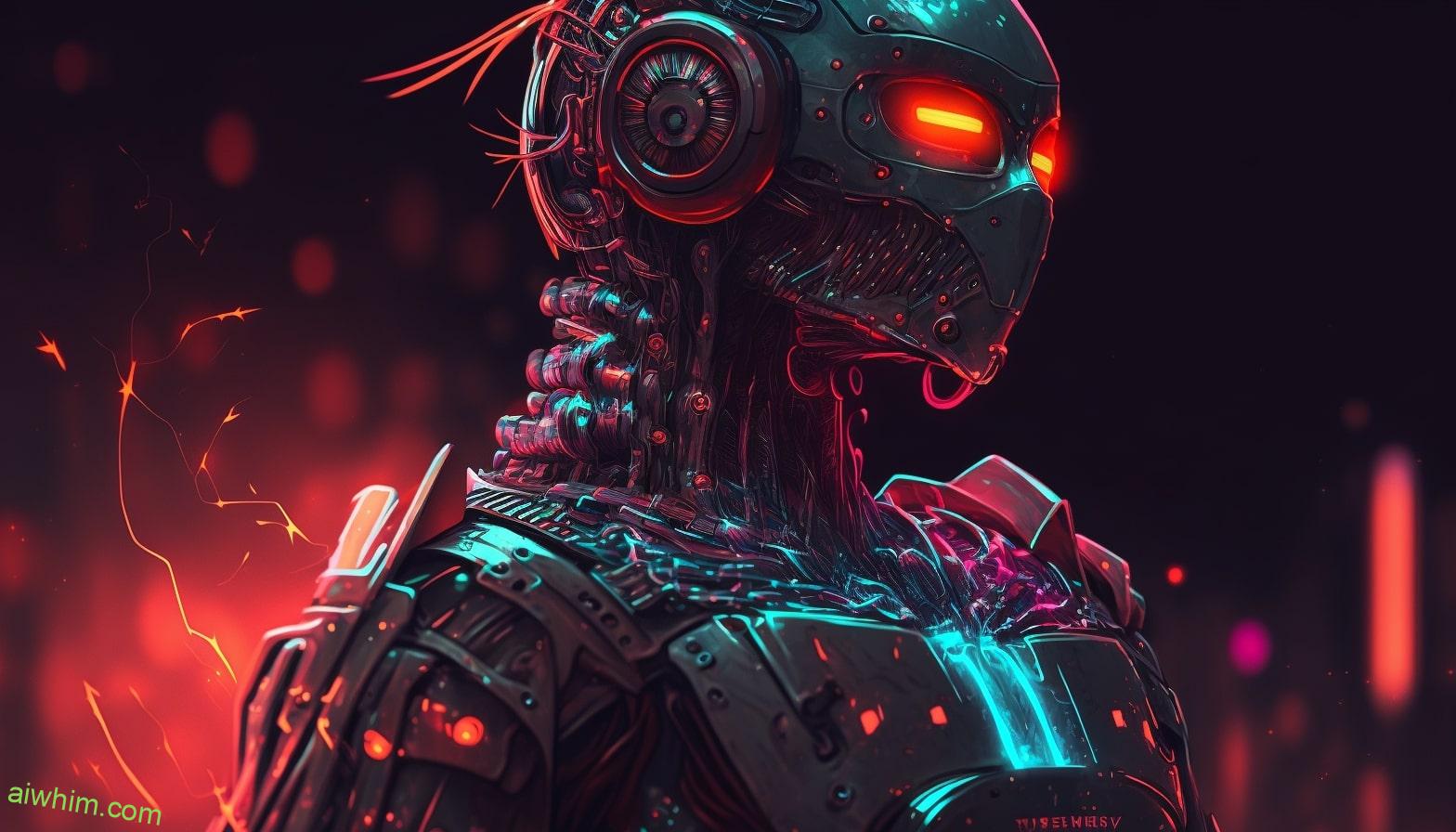
Ethical Considerations
The rapid advancement of automated vehicle technology is fraught with ethical issues. It’s impossible to ignore these questions as driverless cars are poised to become a reality: Will AI stealing jobs from human drivers be seen as progress, or will it create more economic disparity? What about the safety concerns that arise in an environment where algorithms can make decisions faster than humans? How do we ensure that automation ethics and driverless safety are protected?
These moral quandaries have been at the forefront of discussions surrounding autonomous vehicles. The potential for job displacement has led to heated debates among policymakers, while simultaneously raising fundamental questions about fairness and equity. And there are no easy answers; even those who advocate for AI-based transportation solutions recognize the need for proper regulation and oversight.
Numerical List:
- Automation Ethics
- Driverless Ethics
- Ethical Dilemmas
AI might soon replace human drivers on our streets, but this evolution should not come without due consideration of its consequences. Safety must be prioritized above all else – both in terms of protecting people from accidents caused by faulty programming, as well as safeguarding against malicious actors exploiting vulnerabilities in autonomous systems for their own gain. We must also consider ways to minimize disruption within labor markets resulting from job loss due to automation, such as retraining programs and incentivizing employers to invest in emerging technologies responsibly. Ultimately, when dealing with AI-related matters of public policy, it is essential that society take into account the full implications before making any final decision – one which could potentially shape our world for generations to come

Evolution Of Autonomous Vehicles
The ethical considerations of autonomous vehicles have been widely discussed and debated. Now, it is time to look at the evolution of this technology in the transportation industry. Autonomous vehicles, also known as self-driving cars or driverless cars, use artificial intelligence (AI) technology to navigate roads without human intervention. It has become a major focus for many car companies over the past decade as they aim to develop a more efficient and safe way to transport people and goods.
Autonomous vehicle technology has rapidly advanced since its inception, with many manufacturers now offering some form of semi-autonomous features such as lane centering, adaptive cruise control, and automatic parking. This means that drivers can still be present behind the wheel but do not need to actively monitor their surroundings like before; instead, these features take care of much of the driving task for them. As AI continues to improve, fully autonomous vehicles are expected to start appearing on public roads within the next few years. When this happens, it will drastically reduce traffic congestion by allowing multiple cars to drive together efficiently in close proximity without any risk of collision.
Additionally, AI technology could revolutionize mass transit systems around the world by providing fast access to cities while reducing costs and emissions from traditional gasoline powered buses or trains. Self-driving shuttles would provide an affordable solution for job commuters who live far away from urban centers or those who cannot afford personal vehicles. With all these advancements being made in autonomous vehicle technology, it’s clear that we are just beginning to scratch the surface when it comes to reshaping our future transportation networks – one where jobs no longer require physical drivers behind the wheel but rather rely on powerful AI algorithms that keep us connected wherever we go!
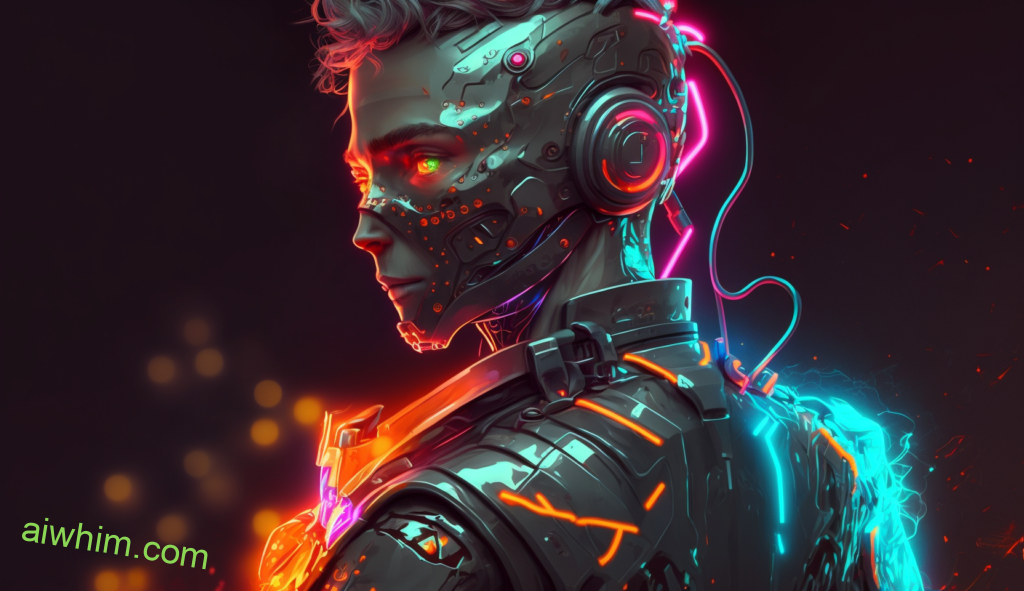
Safety Features And Risks
The advent of autonomous vehicles has brought with it an array of intriguing safety features. Vehicle sensors, AI algorithms and automation are the newest developments in this field. But with these groundbreaking advancements come potential risks as well.
One major risk associated with autonomous vehicles is the possibility of a malfunctioning system or error in judgment by the vehicle’s computer that could lead to accidents. Another risk is posed by malicious actors who may be able to hack into the vehicle’s systems and take control over them, potentially leading to disastrous consequences for passengers and other drivers on the road.
However, many companies have taken steps to mitigate these risks through stringent product testing and rigorous security protocols. Automakers must adhere to numerous rules and regulations intended to ensure public safety, such as prohibiting hacking attempts or unauthorized access to their vehicles’ sensitive data. Additionally, they are investing heavily in developing advanced safety technologies like automatic emergency braking systems (AEB) which can detect imminent danger ahead and apply brakes automatically if needed.
In light of all these efforts, it appears clear that while there will always be inherent risk involved when driving an autonomous car, automakers are doing what they can to make sure those risks remain low enough for people to feel comfortable making use of these new technologies without fear of harm coming their way.

Infrastructural Requirements
The potential of self-driving cars and autonomous vehicles is largely dependent on the infrastructure that supports them. To facilitate ai-driven transportation, there must be significant investment in road infrastructure as well as advances in artificial intelligence technology. The implementation of driverless cars also requires various changes to existing infrastructural systems such as traffic lights and signage.
In order for these technologies to work effectively, roads need to be equipped with sensors and communication devices so they can interact with each other. Additionally, special lanes may need to be established specifically for driverless cars or regulations could be implemented that limit the use of traditional automobiles in certain areas. This would allow ai driven vehicles to have priority access over those operated by humans.
Furthermore, it’s important to consider how ai-infrastructure will fit into existing urban environments. Autonomous vehicles are likely to bring about many positive developments but cities must ensure that their introduction does not cause disruption or overcrowding on public roads. By taking all these points into consideration, we can create an environment where both human drivers and automated transportation systems can coexist safely and efficiently.
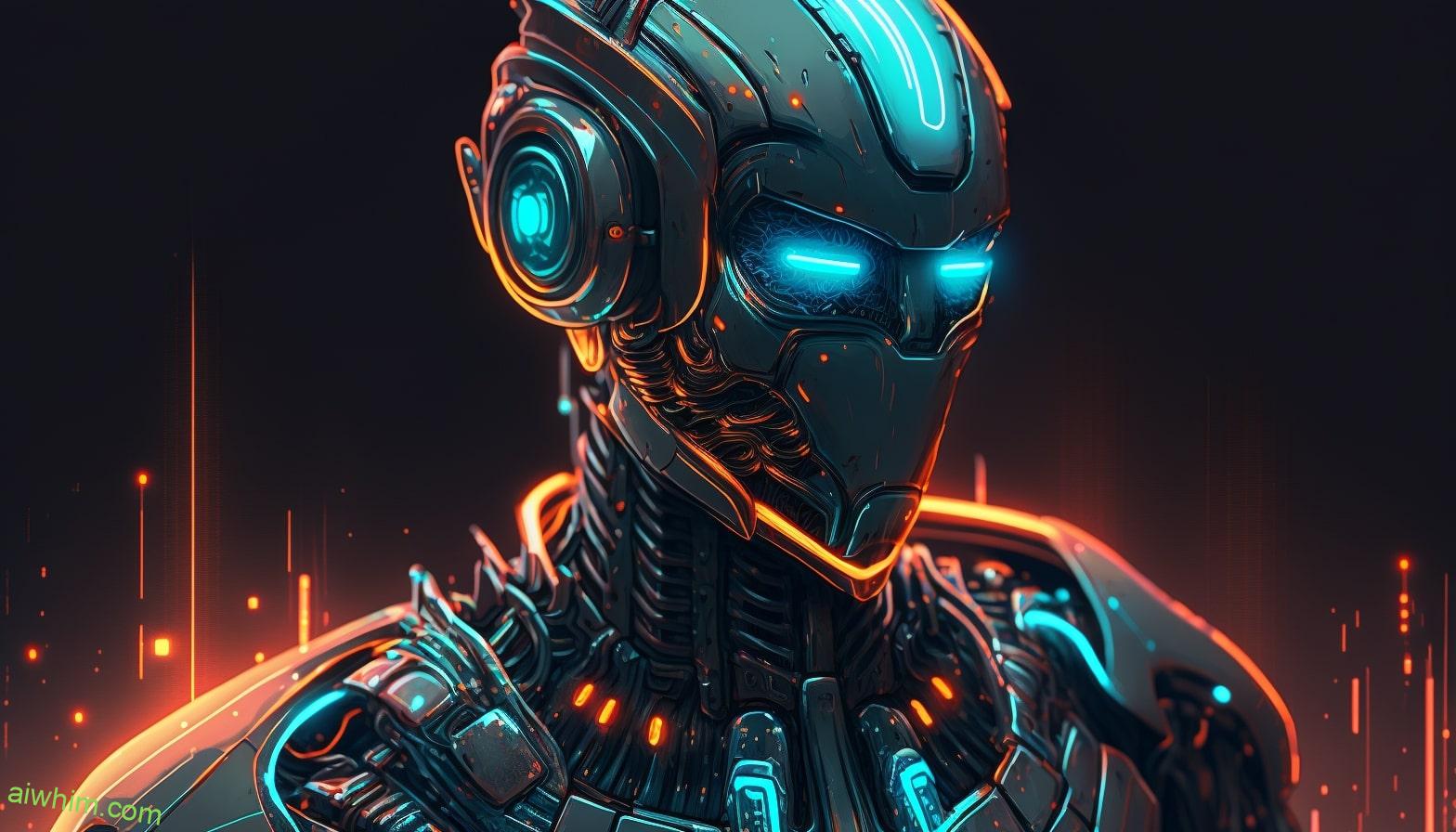
Economic Implications
The introduction of driverless transportation through AI technology has raised difficult economic questions for the future. By automating certain jobs that were once done by humans, there is a real risk of job displacement and market disruption. Yet at the same time, the cost savings associated with automation could lead to some potential economic benefits from this new AI-driven industry.
One area where we can already see the impact of automated driving is in freight delivery services. As more companies adopt driverless trucking technologies, they are able to move goods faster while reducing labor costs. This shift in shipping and logistics will inevitably cause ripple effects throughout related industries such as warehousing and retailing.
On a wider scale, cost reductions due to automation could potentially free up resources that would be better spent on other areas of the economy instead of human labour. Driverless vehicles may also provide an alternative form of public transit or private mobility options which could improve access to previously underserved communities – creating further opportunities for local businesses and opening up new markets.
Ultimately, it remains unclear what kind of long term effects these changes will have on our society and economy but one thing is for sure: AI-powered driverless technologies are here to stay and their implications should not be underestimated. We must consider how best to put these innovations into use while taking measures to ensure workers affected by job displacement receive support during this transition period.

Cost Analysis
It’s like a race between two cars, one powered by man and the other by machine. On one hand, there are economic benefits of having autonomous vehicles take over driving jobs; on the other, there is an ethical debate about whether AI should be allowed to replace humans in labor-intensive tasks. In this section, we will look at the cost analysis involved in making a decision between these two options.
When it comes to cost savings, many experts suggest that using AI for driverless vehicles has potential financial implications. This is because they don’t require salaries or benefit packages since they can operate 24/7 without any fatigue or breaks. Additionally, AI could lead to improved operational efficiency as it would eliminate the need for human intervention in certain areas where errors are likely to occur due to manual input.
These advantages must also be weighed against factors such as safety concerns and legal regulations related to autonomous vehicles. As companies move forward with their plans for implementation of AI technology into driver roles, they need to consider both short-term and long-term costs associated with the transition process. Ultimately, though, these investments may pay off if used correctly – resulting in greater cost savings and increased profitability for businesses that rely heavily on drivers for their operations.
The decision is complex but ultimately rests upon weighing up all of the pros and cons from an economic point of view. Companies should carefully assess the practicality of implementing artificial intelligence into their operations while taking into account necessary security measures, customer needs and legal requirements before making any changes to existing processes.
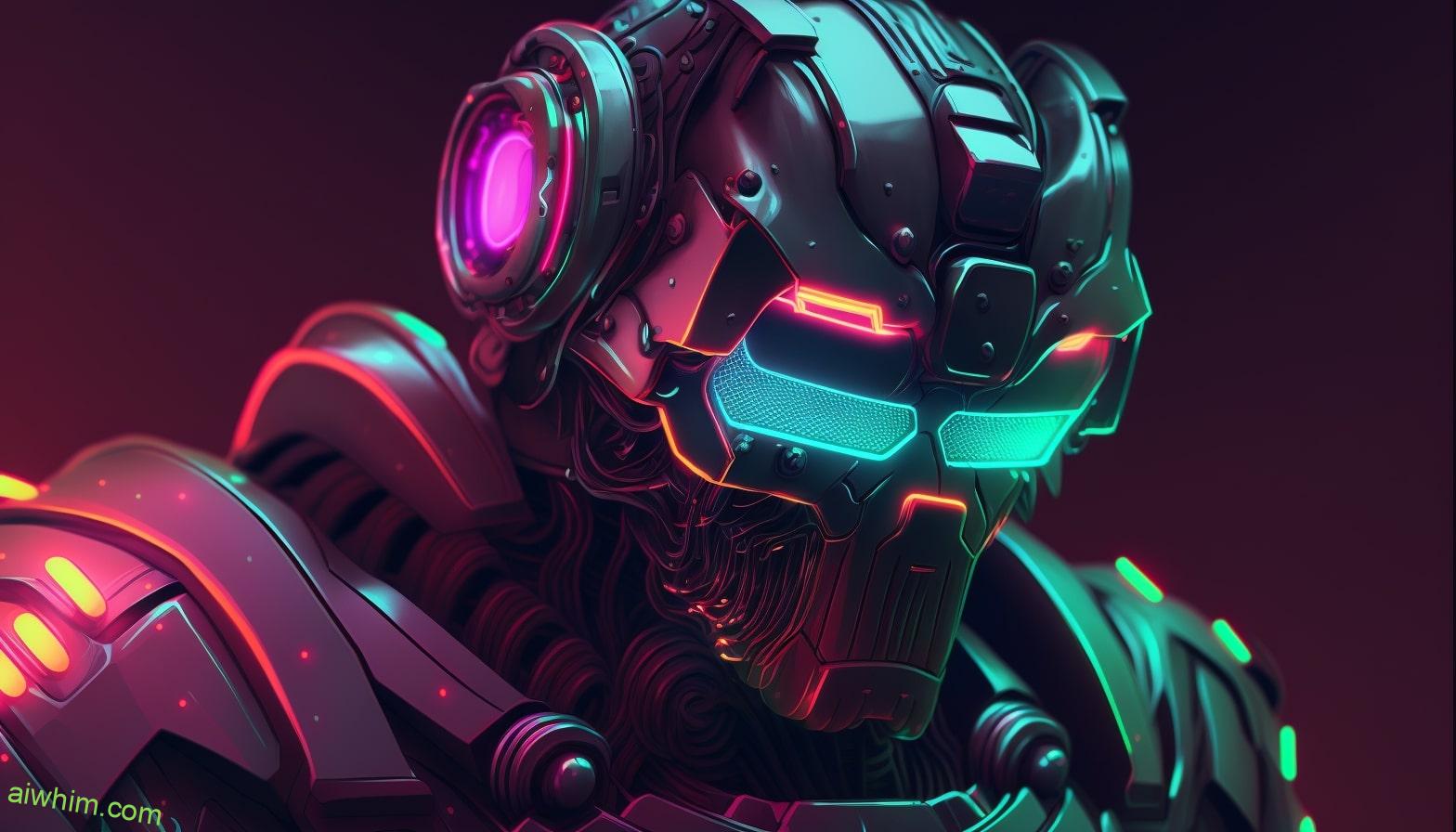
Future Outlook
The future of driving jobs is uncertain. The emergence of driverless cars and autonomous vehicles, powered by AI technology, may replace human drivers in the near future. Self-driving cars are already becoming a reality due to advances in artificial intelligence.
What will happen to current and prospective job seekers? Here’s an overview:
- Drivers who currently work for ride-sharing services or taxi companies:
- Companies may transition from hiring people as drivers to using self-driving cars instead.
- Drivers may need to acquire new skills in order to find other types of employment.
- Alternative sources of income such as freelance gigs could provide a way to make money while learning new skills and technologies.
- Prospective job seekers interested in becoming drivers:
- It’s impossible to predict with certainty what the long-term outlook on driver positions will be like.
- Consider researching other career paths that don’t require driving experience.
- Find ways to gain knowledge and stay up-to-date on emerging trends related to AI technology and self-driving vehicles.
It remains unclear how these changes might affect the labor force but it’s clear that those who plan ahead can prepare themselves for potential disruptions brought about by advancements in autonomous vehicle technology. Taking proactive steps now can help you navigate any unexpected challenges along the way, ensuring your professional growth stays on track no matter what happens next.

Opportunities For Drivers
The future of driving is being redefined, as driverless technology advances. But this doesn’t mean that drivers are out of a job. In fact, new opportunities for drivers are opening up all the time. So, will AI take away your job? Not necessarily! Here’s why:
Driverless jobs may be around the corner, but there is still a need for trained and experienced human drivers who can handle difficult situations with finesse. Driver training courses continue to produce skilled professionals ready to tackle any challenge they come across while on the road. For those already employed in the field or looking to switch careers, these courses give them confidence and security in their abilities – skills which robots simply cannot compete with.
Career prospects remain strong for those willing to dive into driver-related positions such as fleet management and logistics operations. These roles require attention to detail and problem solving ability—two traits humans possess that machines lack. As technology continues to evolve, so too do the career paths available within driving; meaning more options than ever before when it comes to securing a safe job.
In short, despite technological advancements, drivers have plenty of reasons not to fear for their livelihoods just yet – especially if you’re willing to explore further education and alternative fields related to driving!
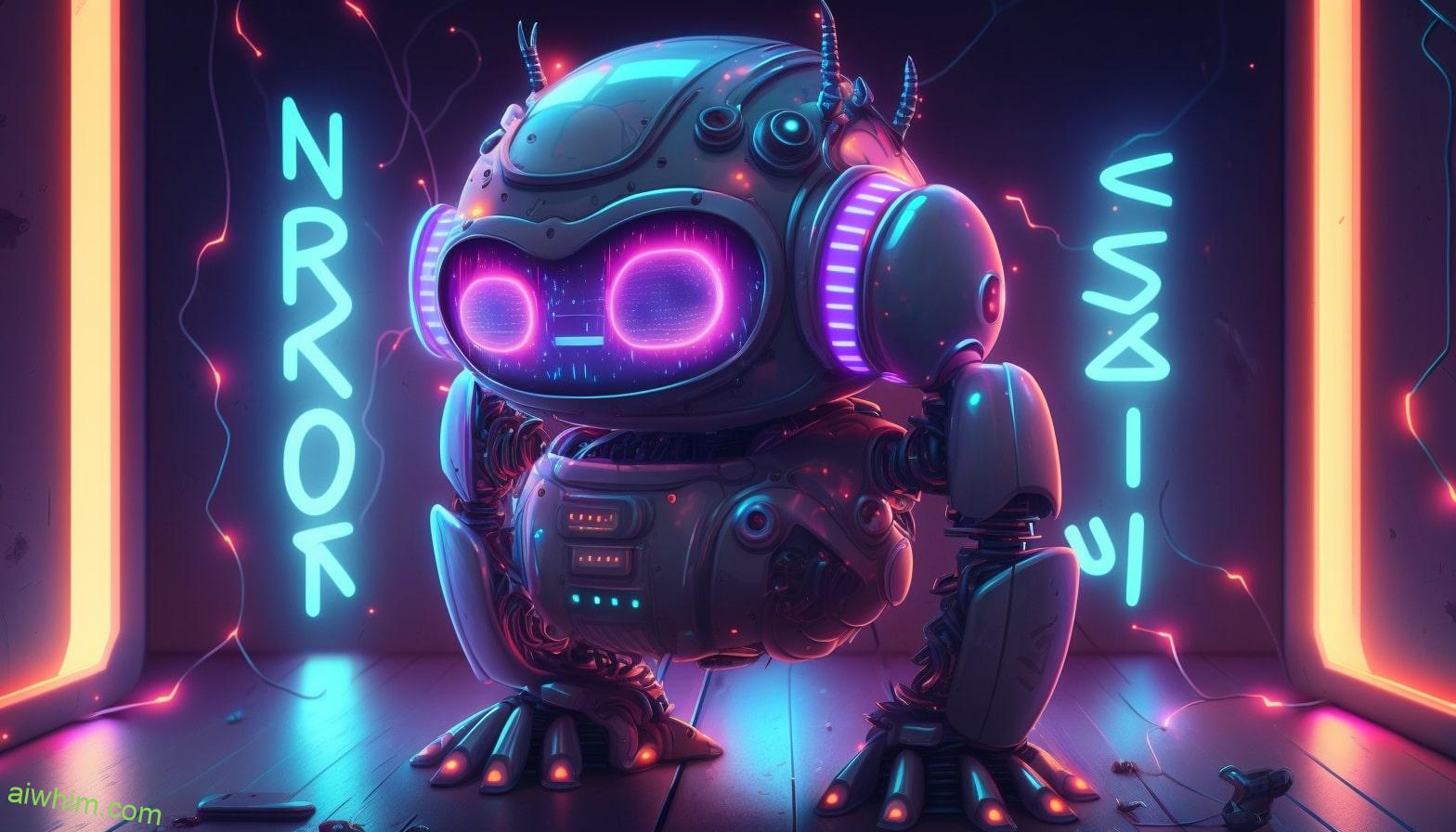
Conclusion
In conclusion, the advent of AI in transportation brings both challenges and opportunities. The automation of driving systems could potentially revolutionize the industry, providing improved safety, efficiency, and cost savings. But it also raises questions about the future of drivers’ employment prospects. While a full-scale shift to automated vehicles might seem like an inevitable eventuality, we must be mindful that this transition needs to take place responsibly and with consideration for those who will be affected by it.
It is clear that there are many unknowns when it comes to predicting how exactly AI will shape transportation in the future – much like trying to predict which way the wind will blow on any given day. With careful planning and consultation between all stakeholders involved, however, it may be possible to ensure that both humans and machines can work together harmoniously – like two dancers perfectly timing their steps on a dance floor – to create a system where everyone benefits from technological progress.
The impact of AI on driver jobs should not be underestimated; but nor should its potential for enhancing our lives through safer roads and greater convenience. We have an exciting opportunity ahead of us that requires open minds and collaboration as we move forward into this new era of intelligent transportation.
Author: Ole Paulson
Author Bio: I’m Ole and on this website, I share everything there is to know about Artificial Intelligence, and useful tips for using AI to our advantage. I have a background in data science and research and have been following the AI-space for years. You can read more about me in the “About” page.

